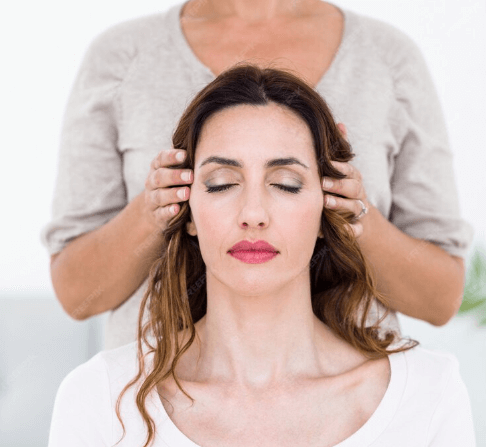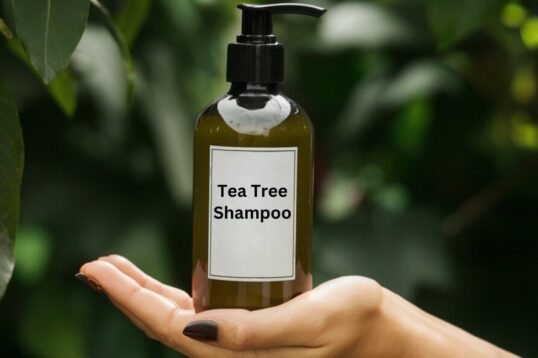Do you want smooth, shiny, and healthy hair? Would you like your hair to increase and longer? Do you battle with hair loss, thinning, or breakage? If you answered yes to any of these questions, you should learn more about the hair development cycle and how to keep your hair on the same cycle.
The hair growth cycle is how hair grows, rests, and falls out. It has four stages: anagen, catagen, telogen, and exogen. Each stage has a different effect on hair health and appearance. If you understand the hair development cycle, you can take better care of your hair and accomplish your goals.
- What are the four stages of the hair growth cycle, and what happens in each stage
- Why is it essential to get your hair on the same hair growth cycle, and what are the benefits
- How to get your hair on the same hair growth cycle with simple tips and tricks
- How to maintain your hair on the same growth cycle and prevent common hair problems
To get your hair on the same hair growth cycle, you must follow a healthy diet, minimize stress, choose the right hair care products like Rose Oil for Hair Growth or Hair Lotion For Hair Growth, trim your hair regularly, and avoid heat and chemical damage. To maintain your hair’s same growth cycle, follow your hair care routine, protect your hair from environmental factors, and visit your hairstylist every 6 to 8 weeks.
What are the Four Stages of the Hair Growth Cycle?
The hair growth cycle is how your hair grows, rests, and falls out. It has four stages: anagen, catagen, telogen, and exogen. Each stage has a different effect on your hair’s health and appearance. Here is a brief overview of each stage:
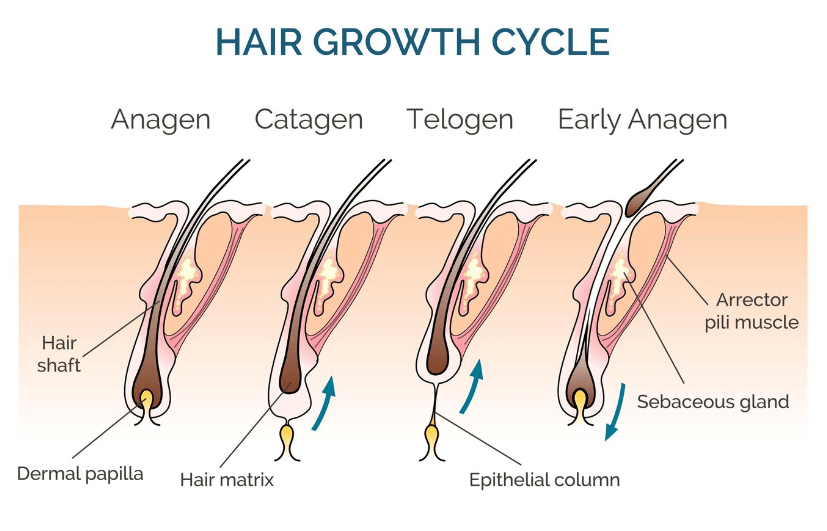
Stage Duration Description
The hair growth cycle is how your hair grows, rests, and falls out. It has four stages: anagen, catagen, telogen, and exogen. Each stage has a different effect on your hair’s health and appearance.
Why is it Important to Get Your Hair on the Same Hair Growth Cycle?
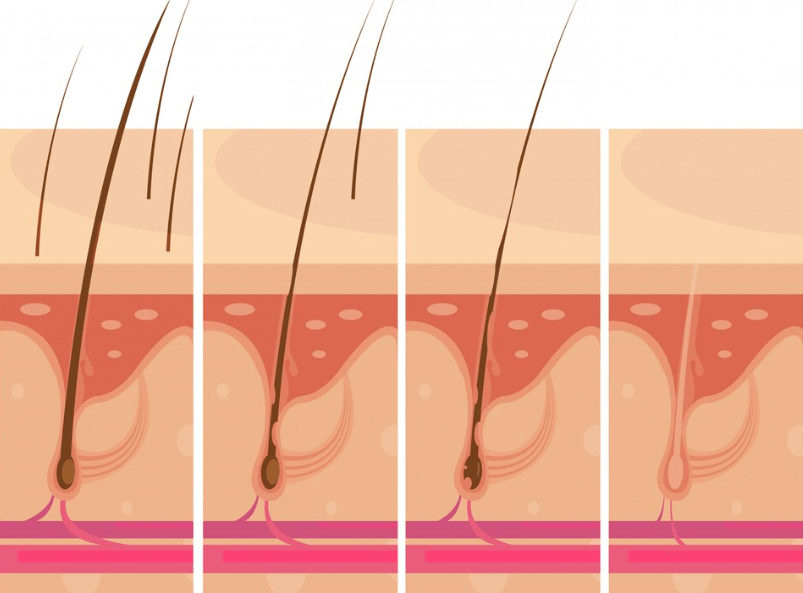
Getting your hair on the same hair growth cycle means that most of your hair is in the anagen stage, the growing stage. This will make your hair look fuller, thicker, and longer. It will also help you prevent common hair problems, such as:
Ensure your diet contains the nutrients that hair needs to grow, such as iron, protein, and vitamins A, C, D, and E. Foods high in biotin, such as soybeans, almonds, and eggs, may also be advantageous.
How do you get your hair on the same hair growth cycle?
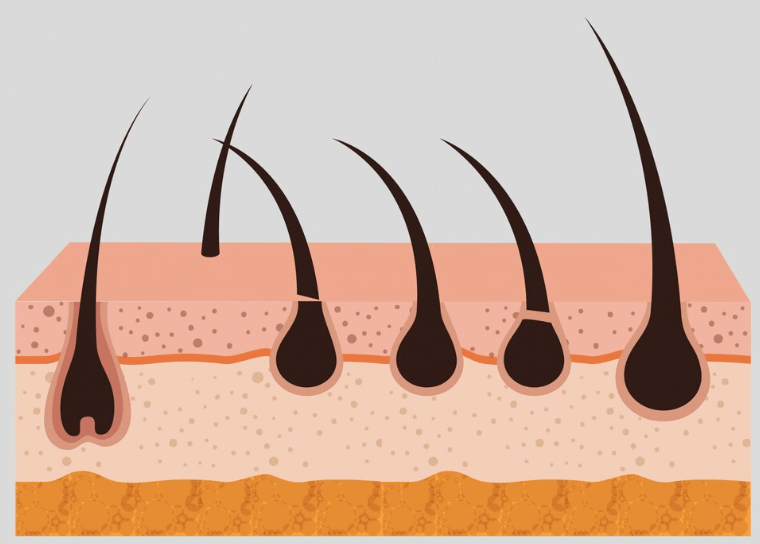
To get your hair on the same growth cycle, follow some simple tips and tricks to support your hair’s health and growth. Here are some of the most effective ways to get your hair on the same growth cycle:
- Your diet dramatically influences the Nutrients required for a Healthy Hair cycle. Hair development can be aided by eating meals high in iron, vitamins, and minerals, as well as protein from foods like fish, eggs, nuts, seeds, fruits, and vegetables. These materials feed your hair follicles, encouraging the production of new hair. Drinking lots of water can also help keep your hair and scalp moisturized.
- Reduce stress: Stress might interfere with your hair’s natural development cycle. It may induce early telogen or exogen phase entry, leading to thinning and hair loss. It is best to practice relaxation techniques like meditation, yoga, or breathing exercises to reduce stress. You should also get enough sleep, exercise regularly, and avoid caffeine and alcohol.
- Choose the right hair care products: Selecting the appropriate hair care products is essential since what you use on your hair might impact the hair development cycle. Products with harsh chemicals, like silicones, parabens, or sulfates, should be avoided because they can harm your hair follicles and dry out your scalp and hair. It would help if you opted for gentle, natural, moisturizing products, such as shampoos, conditioners, and masks containing ingredients like aloe vera, coconut oil, or shea butter. You should also use products designed for your hair type and needs, such as volumizing, smoothing, or repairing products.
- Trim your hair regularly: Trimming it every 6 to 8 weeks can help you get it on the same growth cycle. Removing dead and damaged ends can prevent further breakage and split ends and stimulate new hair growth. Avoid cutting your hair too short, as this can disrupt its natural growth cycle. Aim for a length that suits your face shape and style.
- Avoid heat and chemical damage: Heat and chemical exposure can decrease the anagen stage of your hair’s development cycle, causing it to break and fall out. To prevent this, you should limit heat tools such as blow dryers, curling irons, or flat irons and protect your hair with a heat-protectant spray or serum. You should also avoid chemical treatments such as colouring, bleaching, or perming and opt for natural or organic alternatives. If you use heat or chemicals on your hair, deep condition it once a week to regain moisture and elasticity.
- Keep up with your hair care routine: You should continue to follow one that suits your hair type and needs. Hair masks or oil can be used weekly to moisturize and nourish hair. You should wash your hair two to three times a week using a mild shampoo and conditioner. Comb your hair softly using a wide-toothed comb or a brush with soft bristles, and refrain from pulling or straining it.
- Protect your hair from environmental factors: Sun, wind, pollution, and chlorine can all harm hair and disrupt its growth cycle. To protect hair from these factors, wear a hat, scarf, or bandana when you go outside and apply a leave-in conditioner or spray with SPF. Additionally, to remove buildup or residue from hair, use a clarifying shampoo once a month and rinse your hair with clean water before and after swimming in a pool or the ocean.
Give your scalp light massages as you wash your hair or put on hair products. This may increase blood flow to the scalp and encourage the synchronization and growth of hair.
Conclusion
Getting your hair on the same growth cycle means that most of it is in the anagen stage, the growing stage. This will make your hair look fuller, thicker, and longer. Additionally, it will help you avoid typical hair issues like breaking, thinning, or loss.
To get your hair on the same growth cycle, you must follow a healthy diet, minimize stress, choose the right hair care products, trim your hair regularly, and avoid heat and chemical damage.
To maintain your hair’s same hair growth cycle, follow your hair care routine, protect your hair from environmental factors, and visit your hairstylist regularly.
We hope you understand the hair growth cycle and how to get your hair on the same growth cycle. If you have any questions or comments, please leave them below. Thank you for reading!
To get specialized advice and support on synchronizing your hair growth cycle, speak with a trichologist or hair specialist. They can evaluate the condition of your scalp and hair type and suggest specific treatments.
FAQs
-
How can I guarantee that every hair grows on the same cycle and encourages growth?
Even while you can’t get every hair to grow simultaneously, you can encourage the best possible hair development with a healthy lifestyle, balanced food, and appropriate hair care routine.
-
Do you have any remedies or items that can aid in regulating the cycles of hair growth?
Using hair care products enhanced with nourishing components can improve overall hair health and boost robust development, even if no product can synchronize hair growth cycles.
-
What things can throw off the cycle of hair growth?
Several things can disturb the hair development cycle, including stress, hormonal fluctuations, dietary deficiencies, and specific medical diseases. This can result in problems like hair loss or sluggish growth.
-
Can vitamins for hair growth aid in controlling the hair growth cycle?
Vitamins, minerals, and other vital nutrients in hair growth supplements can promote hair’s general health and may even help control the hair growth cycle. Individual outcomes, however, can differ, so it’s important to talk with a healthcare provider before beginning any supplement program.
-
What is the average duration of the hair growth cycle?
The size of the hair growth cycle varies from person to person but typically spans two to seven years. The duration of each phase of the cycle might vary depending on several factors, including age, genetics, and general health.
-
Do any at-home or natural treatments that promote synchronization of hair growth?
Even while there isn’t much scientific proof to back up any particular natural treatments for synchronizing hair growth cycles, synchronization may be supported by healthy habits like frequent exercise, scalp massages, and a diet high in vitamins and minerals.
